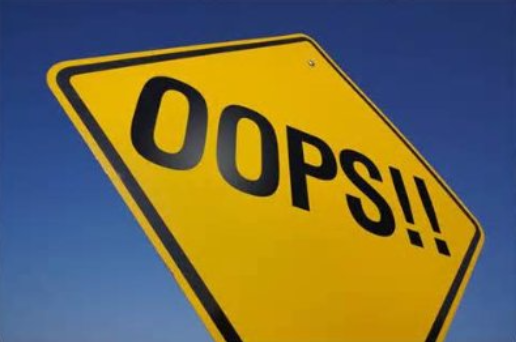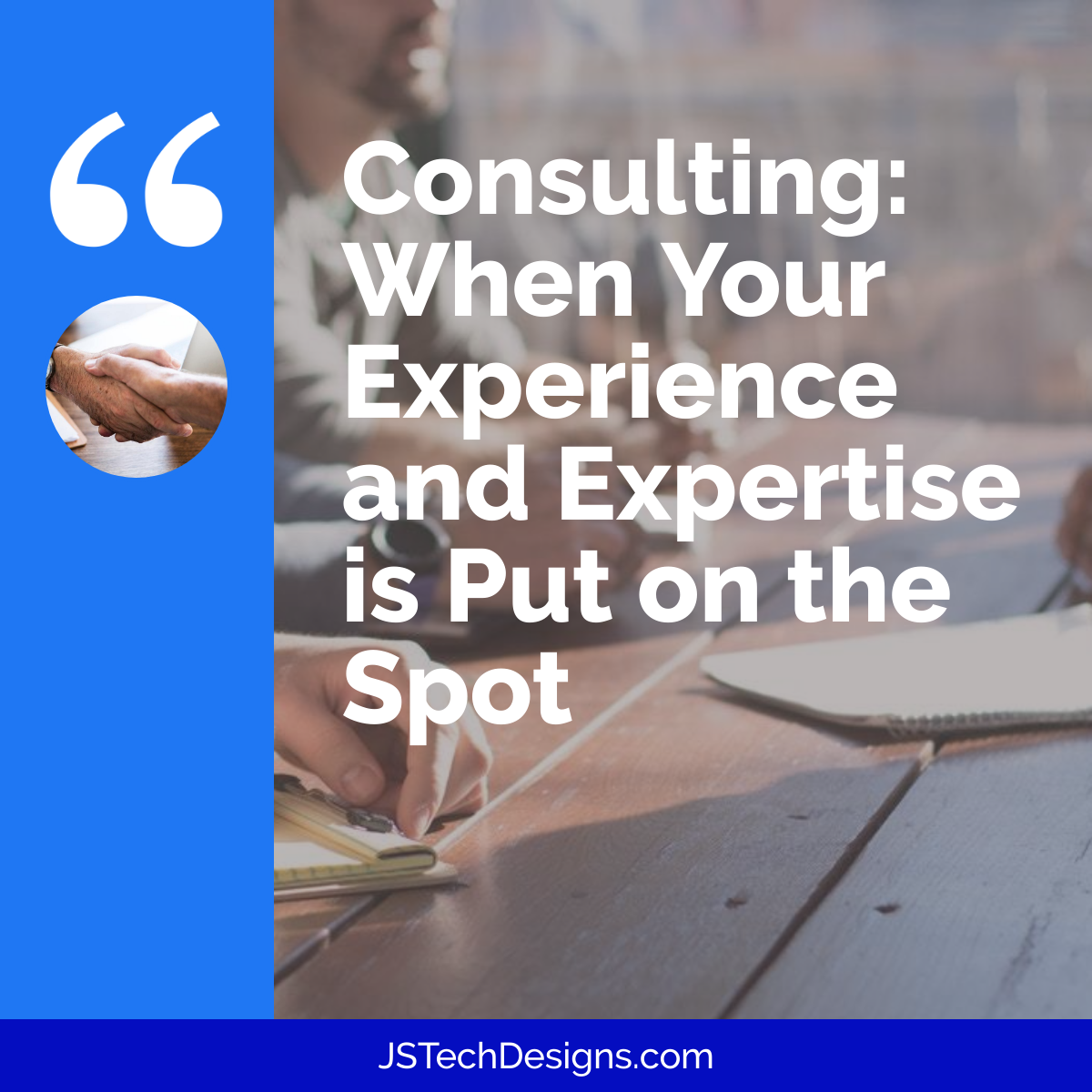Of course great customer service is key to gaining and retaining customers, but the real test is how you react when something goes wrong, when you screw something up so badly that it could make or break the relationship, that moment when you realize what happened was not a simple mistake but a monumental screw up…
That’s the truest test of your customer service.
The real magic is when you recover from it gracefully. If you can accomplish this, the customer is yours for life!
It’s called the service recovery paradox:
The service recovery paradox is the result of a very positive service recovery, causing a level of customer satisfaction and/or customer loyalty even greater than that expected if no service failure had happened. The term was coined 1992 by Michael McCollough and Sundar Bharadwaj, who defined service recovery as, “…a situation in which a consumer has experienced a problem which has been satisfactory resolved, and where the consumer subsequently rates their satisfaction to be equal to or greater than that in which no problem had occurred.”
Real Life Example
There was a time when my wife and I were staying at the Palomar Hotel in Phoenix while in the process of looking for a new place to live. Our real estate agent had us on a tightly packed schedule to find a new place in a single weekend. On our first full day of looking, we came downstairs to get our car from the valet (it’s the only way they’d let us park there), but when I handed the valet our ticket, he informed us that the overnight valet had locked the keys in our rental car!
My immediate reaction was, “HOLY $#!T? We have a busy day ahead of us! Now what do we do?”
And the moment of truth: the valet and the on duty hotel manager just handled it.
They sent us up to the restaurant for free breakfast
They called the rental company
They scheduled a driver to take us around all day
They made sure our rental car was ready for the next day
They apologized, and when we got back they told us how it was going to be fixed
Was it their fault that the keys were locked in the car? Yes!
But here’s the key: they handled the situation in a professional way and made us feel great throughout the process. Organizations are going to make mistakes, that’s just reality… It’s not about if, but when.
So maybe the message is not about preventing the screw up… but instead about allowing employees the room to correct errors and go above and beyond for the customer.
Here are some easy steps to turn these inevitable mistakes into opportunities:
Be proactive about telling the customer: Don’t wait for the customer to point an issue, let them know right away
Have a plan: Before you contact the customer, be clear about how the issue will be resolved
Go way above and beyond: Don’t just fix the issue, provide the customer with exceptional service and services – mistakes aren’t forgotten, but they’re forgiven if the solution makes us feel better
Apologize: You can never say sorry enough
Don’t throw anyone under the bus: This is not about covering any one person’s ass or finding a scapegoat, it’s about correcting mistakes – customers don’t care about whose fault it is, just that the problem gets solved
Follow up… a lot: Even when the solution is in place and the customer seems happy, make sure to follow up afterward – it’s important to make sure the solution sticks
What would customer experience be like if employees were empowered to fix mistakes? What if employees were rewarded for fixing screw ups and paving the way to correct them proactively?
From my family’s perspective, we’ve decided this is our favorite hotel. We tell everyone about it because our experience shows how awesome the staff is. We’re a walking endorsement.
What would it mean for your business if you had more customers like that?
As a Partner with Great Place to Work, Anil Saxena, works with client companies on all types of organizational changes including talent management initiatives, major department reorganizations, and technology shifts developing highly successful change management programs. He partners with clients to increase both customer and employee engagement while decreasing turnover, improving customer retention, and increasing profitability within organizations. With 20 years of experience in organizational change, development and talent management, Saxena provides valuable insight and best practices in a common sense and easy to understand style. He focuses on ensuring that all coaching, training and development are useful and can be applied immediately.
He has held Change Management leadership positions in major companies such as BP, Discover, and Gallup. Recent clients include DeVry, True Value, CME, Purdue Calumet University, AM Castle, Underwriters Laboratories, Safer Foundation, McDonalds, Cole-Palmer, Fisher Scientific, Campbell’s, Hospira, Rotary International, and Walgreens.
Education: Anil holds a degree from the Illinois Institute of Technology in Mechanical Engineering and was an inaugural member of Northwestern University’s Learning and Organizational Change Program. Anil is a certified Change Management Professional, a Joint Application Design facilitator, and is certified by both Rush Systems and IBM as a focus group facilitator. Anil is also avid blogger about leadership and change issues.
Practice Areas: Change Management, Leadership Development, Organizational Design/Development, Training Strategy, Talent Management, Strategy Development, Project Management





